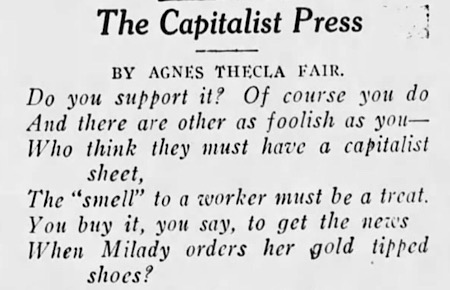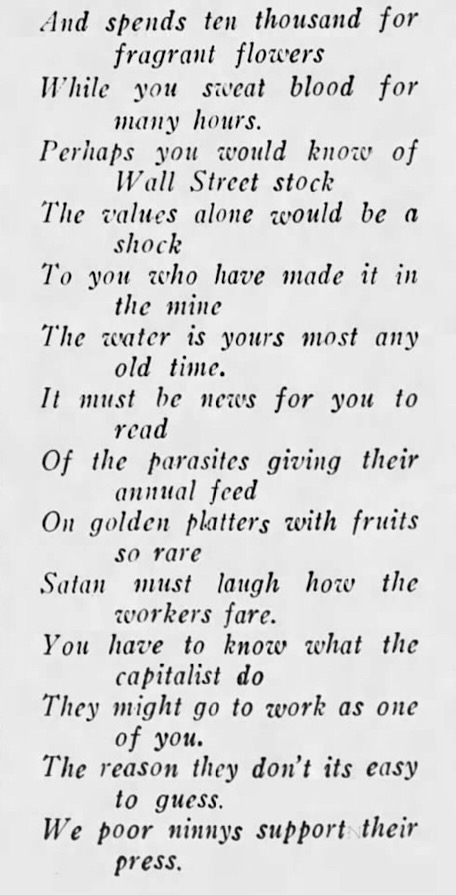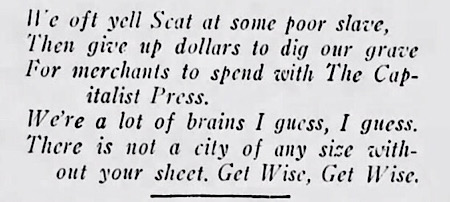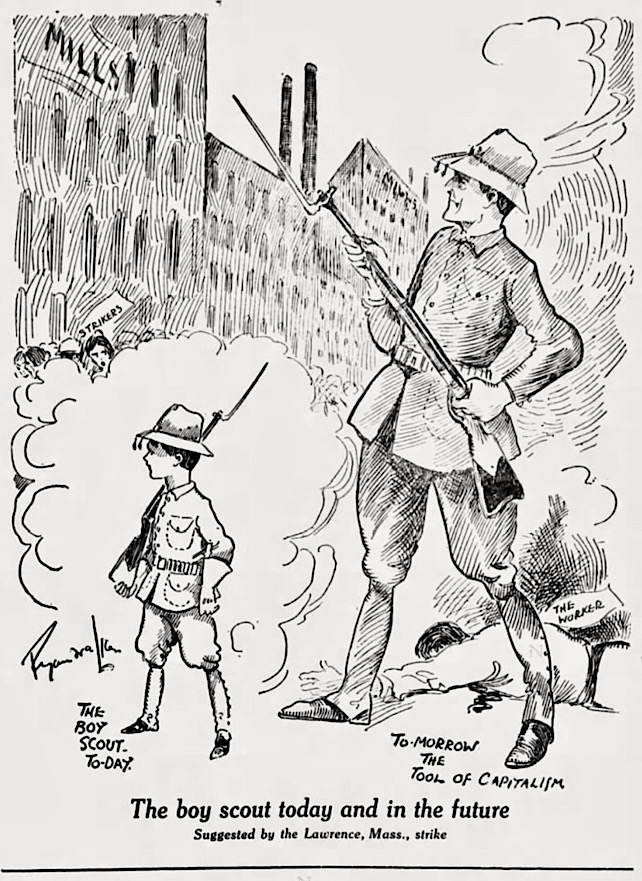 —————
—————
Hellraisers Journal – Thursday June 12, 1913
Paterson, New Jersey – Silk Workers on Picket Line, Braving Death, Standing Firm
From the International Socialist Review of June 1913:
On the Paterson Picket Line
By William D. Haywood
[Part I of II]
FIVE o’clock every morning finds thousands of Paterson silk workers on the picket line with spirits as dauntless as ever despite the fact that after twelve weeks of struggle, starvation is staring them in the face. Some of them have been out in front of the battle for sixteen weeks.
The picket line is the modern barricade. It is there that the strike will be either lost or won. It is the picket line that has taught the Paterson silk workers the meaning of the class struggle. Here men and women daily meet the guns of hired thugs and the clubs of policemen. Braving death, suffering indignity and humiliation, nearly 800 strikers have been arrested on trumped-up charges and thrown into jail. Some of them have been jailed a number of times.
It takes courage to face a term in the Paterson bastile. It was built in 1854, before the era of alleged prison reform began. In the cellhouse where most of the strikers have been thrown the cells are narrow, with two bunks, one above the other. The ventilation is bad and the sanitation worse. The food is on a par with the usual prison fare.
Before being transferred to this county jail, the prisoners are, as a rule, compelled to spend a night in the city jail before appearing before Recorder Carroll’s court. The conditions that have been imposed on the strikers in the city jail are beyond description, reminding one of accounts of the hell-holes of Russia. Here seven and eight men have been crowded into a single cell intended to be occupied by one. No bedding of any kind is provided and no food is furnished. One group of strikers reported they were held for nineteen hours without even water.


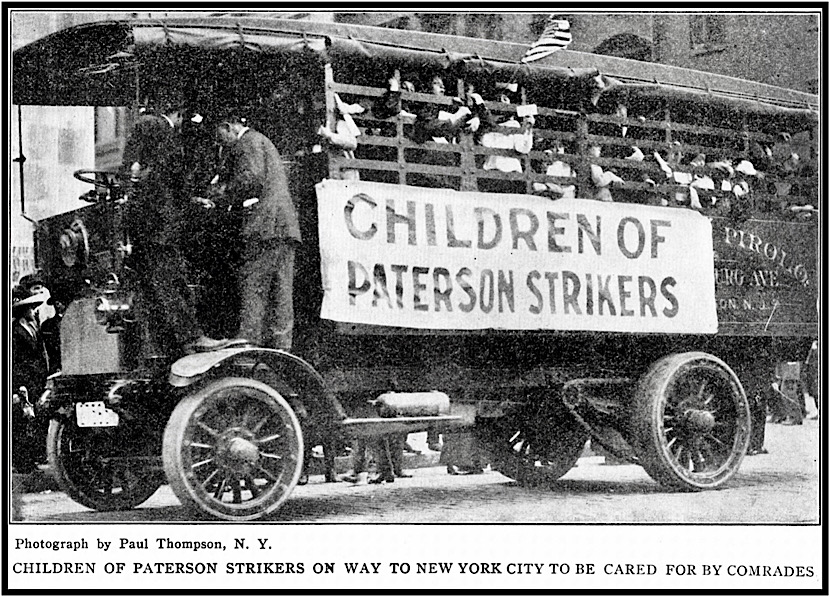
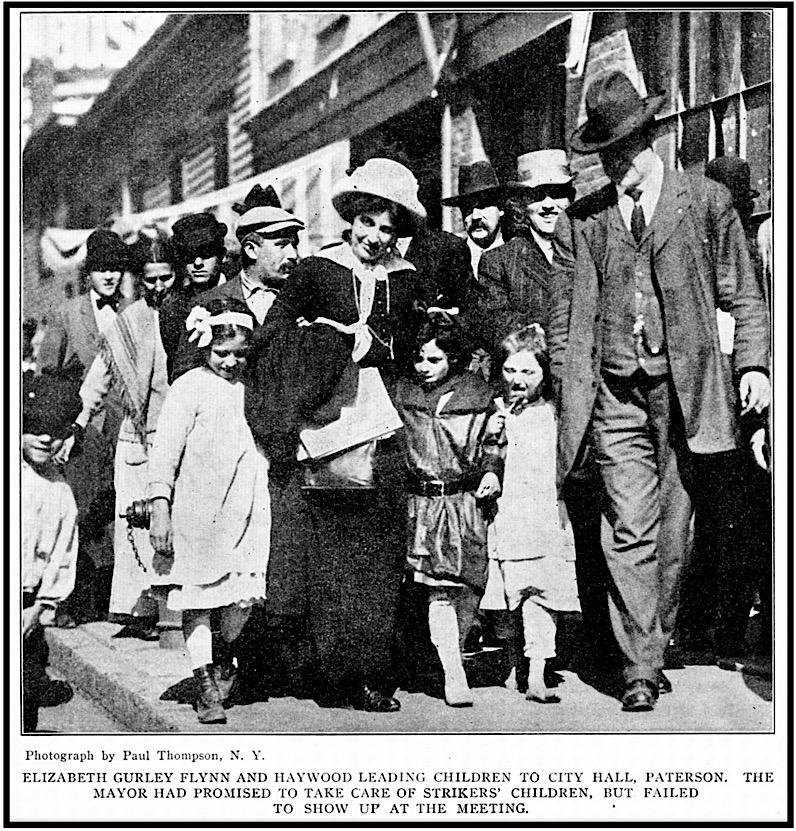
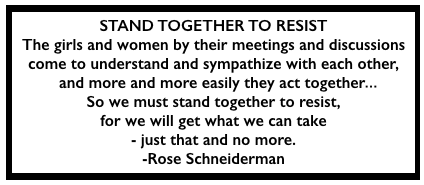 —————
—————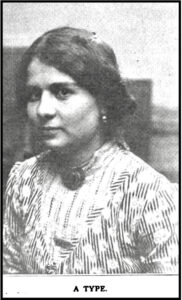
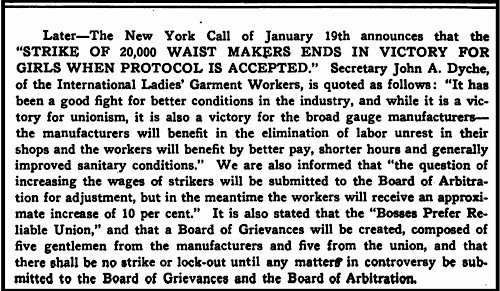
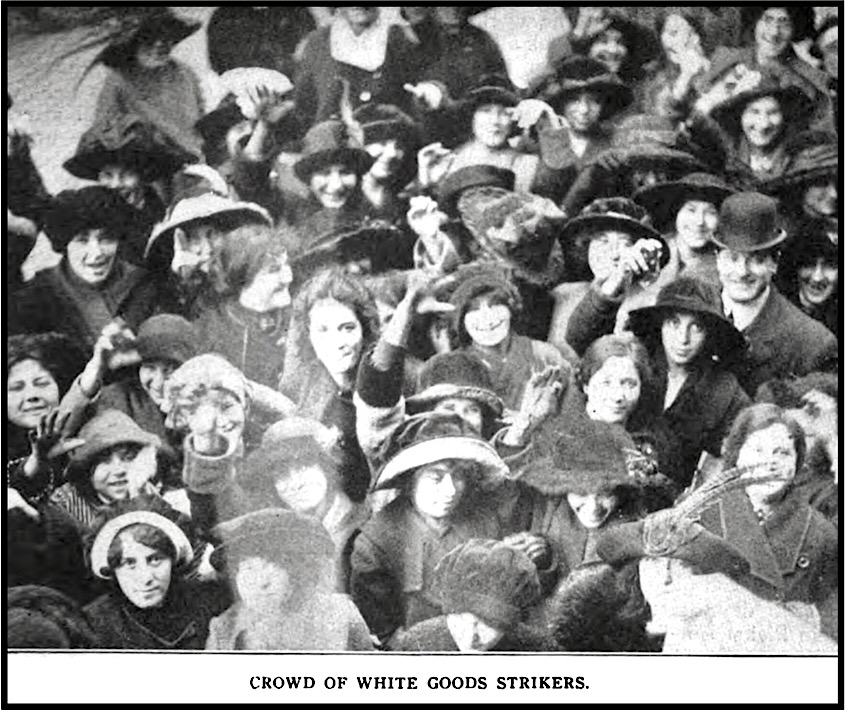
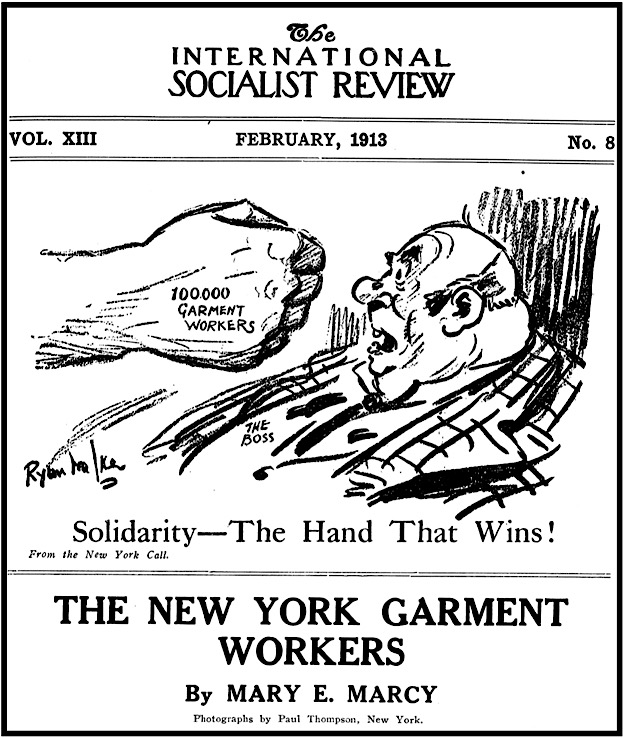
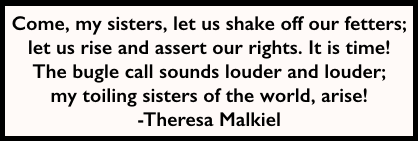 —————
—————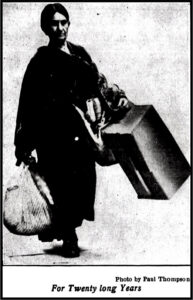
 —————
—————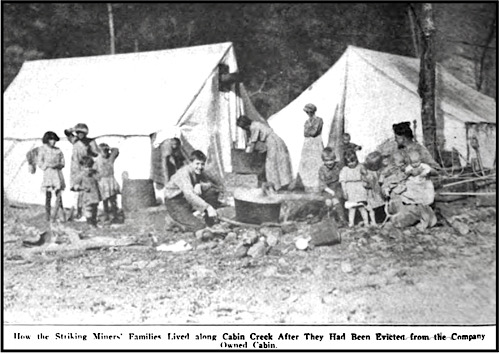
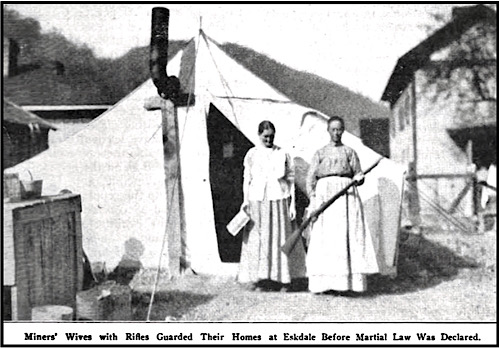
 —————
—————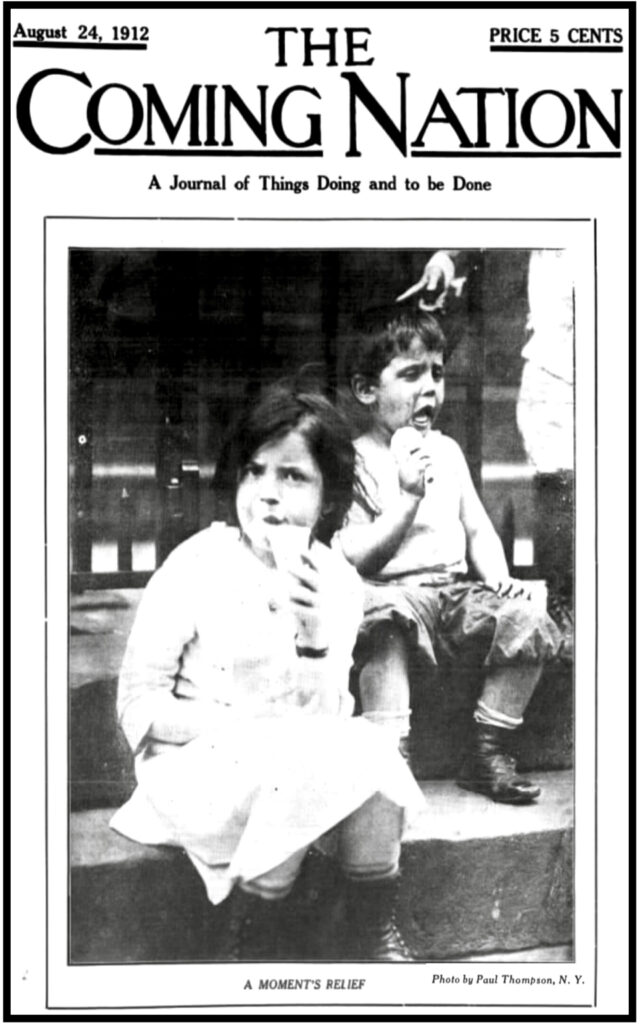
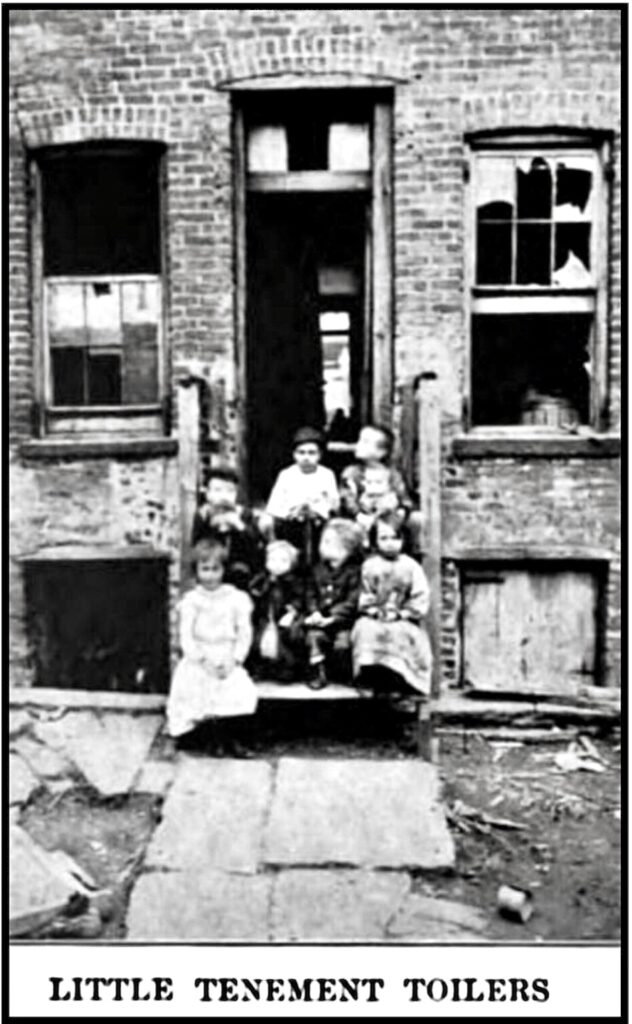
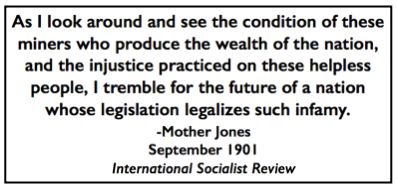 —————
—————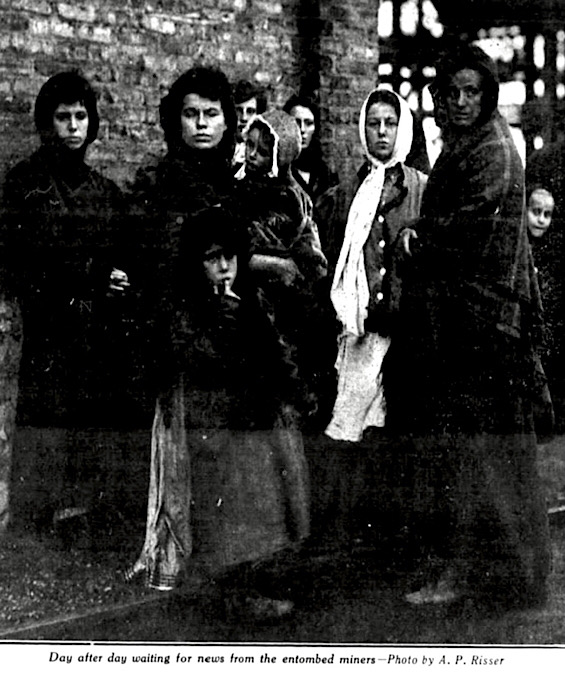 Day after day waiting for news from the entombed miners-Photo by A. P. Risser
Day after day waiting for news from the entombed miners-Photo by A. P. Risser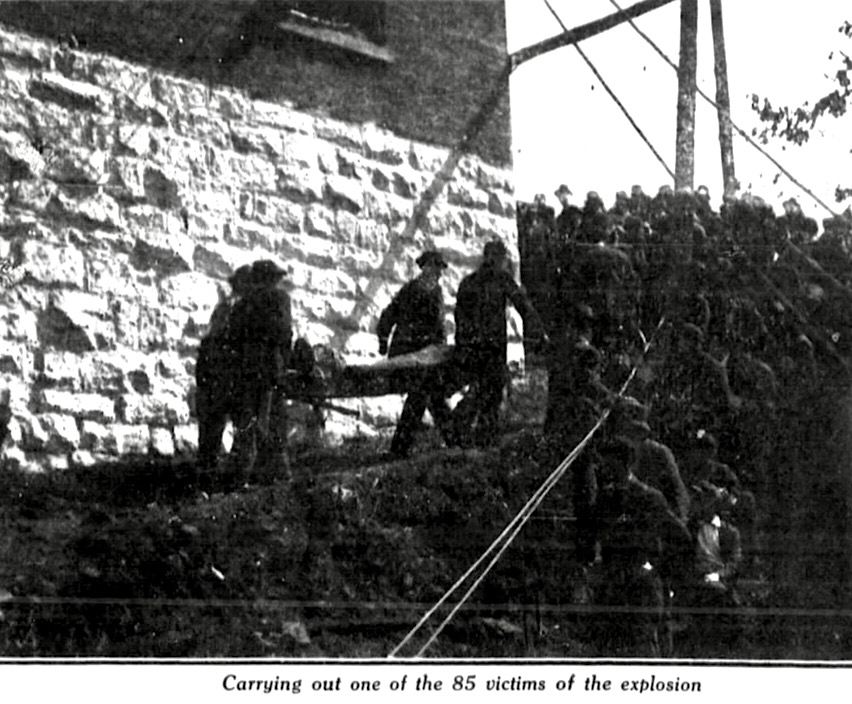 Carrying out one of the 85 victims of the explosion-Photo by Paul Thompson, N. Y.
Carrying out one of the 85 victims of the explosion-Photo by Paul Thompson, N. Y.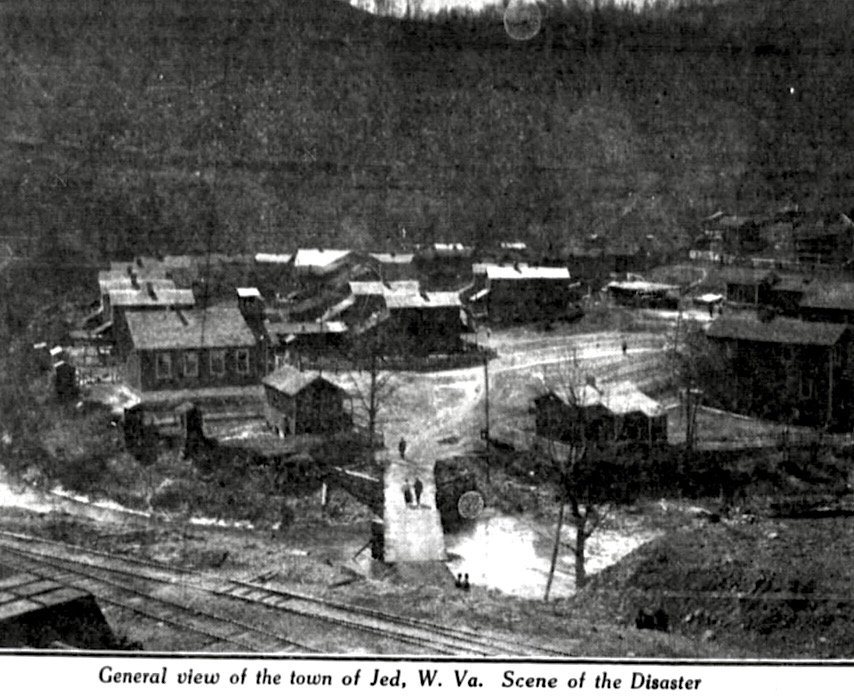 General view of the town of Jed, W. Va. Scene of the Disaster-Paul Thompson, N. Y.
General view of the town of Jed, W. Va. Scene of the Disaster-Paul Thompson, N. Y. —————
—————